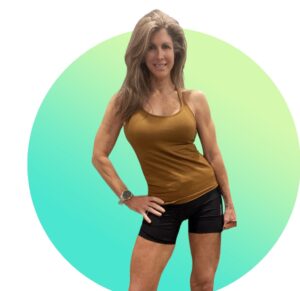Experts are shifting their focus on what truly determines long-term health, and the verdict is clear: your overall level of movement throughout the day is the single most important factor—even more critical than your formal, structured workouts.
You can’t “out-exercise” a sedentary lifestyle. Research on the “Active Couch Potato Syndrome” shows that dedicated exercisers are not immune to the diseases of sedentary living if they spend the majority of their day sitting. This is what movement expert Katy Bowman calls the “lazy athlete mentality”—using your workout as a “hall pass” for inactivity the rest of the day. The goal is to dramatically increase all forms of general, everyday activity.
The following four habits are key to breaking this pattern, forming the foundation for energy, focus, and graceful aging:
1. Set the Tone with a Morning Routine
Start your day with movement. Completing an exercise routine first thing in the morning establishes a movement-positive mindset and prevents you from putting it off until the day gets away from you. I like to have enjoy my “coffee” walk which is slowly (so I don’t spill!) on the treadmill, looking out into our yard, giving thanks and listening to praise music or a podcast. For my husband, it’s taking the pup out around the block.
2. Embrace the “Exercise Snack” (Micro Workouts)
The key to maintaining high daily movement is to sprinkle in brief, intense interludes of activity—often referred to as micro workouts or “exercise snacks”. These are short bursts of explosive or powerful activity throughout your busy day.
• Examples: Taking the stairs instead of the elevator, performing squats while waiting for the water to boil, or doing a quick set of push-ups. Now that commercials have wormed their way back into streaming platforms, making a point to move or stretch during commercials offers a great opportunity if you’re watching TV!
• Maximum Efficiency: For a highly efficient, time-crunched option, consider the Tabata method—a structured 4-minute high-intensity workout (20 seconds of work, 10 seconds of rest, repeated 8 times). I often post many examples of these types of quick, effective routines that can be done at work or home, with or without equipment, on my social media channels. You know how much I love Tabata’s- they were a Life saver for me during my heavy work years. Need inspiration? Check out my Instagram or TikTok for examples: @Hlthchic
3. Find More Opportunities to Walk
Walking is fundamental. Prioritize finding more opportunities to walk every day. Whether it’s parking further away, taking a walking meeting, or simply doing laps around the block, increasing your daily steps is vital for burning more energy and combating “energy toxicity.”
4. Maintain Strength with Structured Workouts
While daily activity is the foundation, properly structured workouts remain wonderful and necessary. Continue to incorporate these sessions to specifically maintain and build strength and muscle mass, contributing to a long, healthy, and energetic life.
Until next time, you got this!









